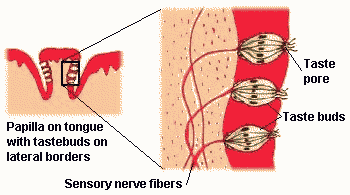Do we crave the staccato beat of the internet?
/For a long time I’ve thought certain visual patterns talk to our brain in a way that is comforting, reassuring and familiar. By adult-hood our mind has spent some twenty million minutes visually taking-in, resorting, recalling, recollecting, dreaming and making up images. Somehow those images all have a distinctive underlying abstract pattern and visual rhythm -- best comparison would be the cadence of a paragraph of prose or the underlying beat of a melody.
Well past puberty, the brain is learning and developing procedural and semantic memory. Muscle memory, the 10,000 hours rule, all the studies that explain the plasticity of the brain point to the idea that we wire our brain through repetition.
So what does the thousands of hours and millions of minutes of digital media mean to our brain, do we now crave the staccato beat of the internet? Do we get a dose of serotonin when the visual rhythm matches the pattern we’ve grown to love and anticipate?
After searching online this morning for neurotransmitters and visual pattern, I found….
A research team from the Cardiff Brain Research Imaging Centre (CUBRIC) put subjects into an MRI scanner and recorded their brain activity using MRI and MEG technologies while showing them different visual patterns. They discovered that a person’s brain produces a unique electrical oscillation at a particular frequency when a person looks at specific visual patterns. This oscillation frequency is mainly determined by the concentration of the neurotransmitter GABA in the visual cortex of the person’s brain. The more GABA was found to be present, the higher the frequency of the oscillations.
Leading the research was Professor Krish Singh from the Cardiff School of Psychology, who said - “Using sophisticated MEG and MRI brain imaging equipment, we’ve found that when a person looks at a visual pattern their brain produces an electrical signal, known as a gamma oscillation, at a set frequency.
"In effect, each person’s brain ‘sings’ at a different note in the range 40-70 Hz. This is similar to the notes in the lowest octaves of a standard piano keyboard or the lower notes on a bass guitar. Importantly, we also found that this frequency appears to be controlled by how much of an essential neurotransmitter, GABA, is present in a person’s visual cortex.”








